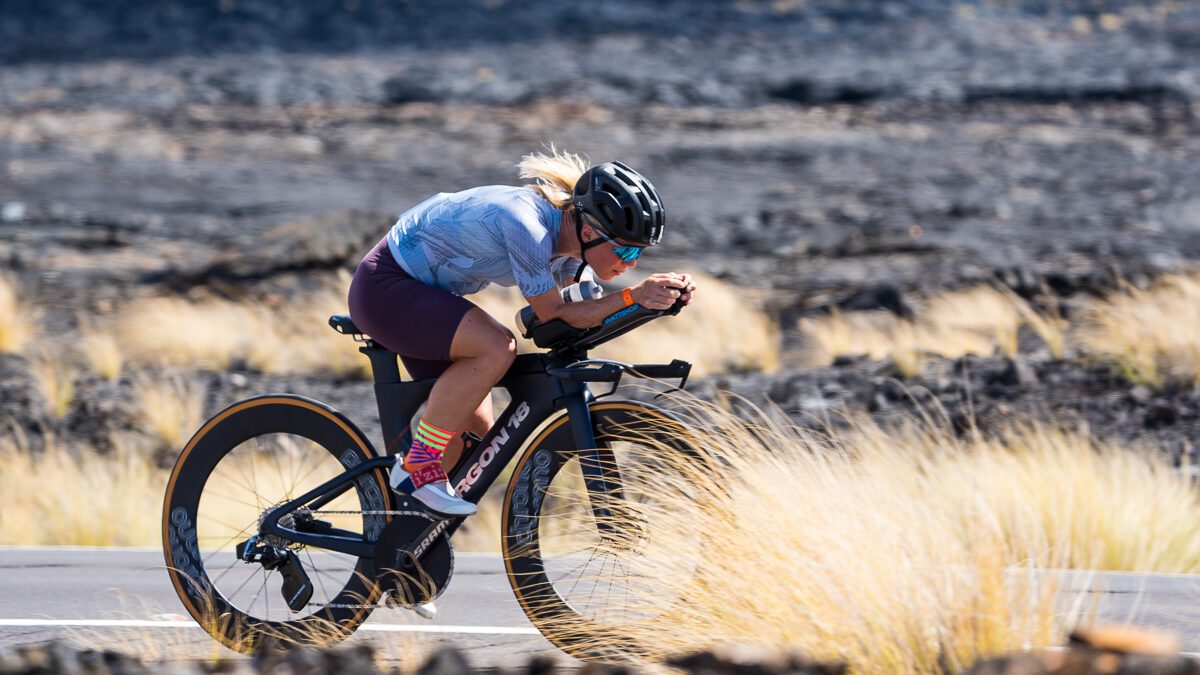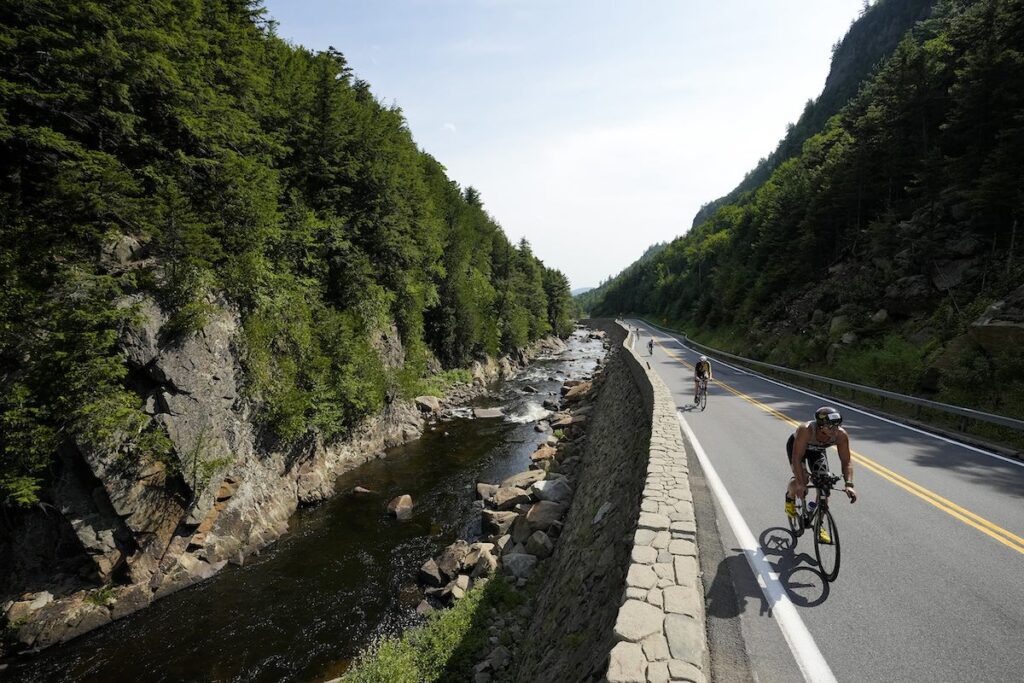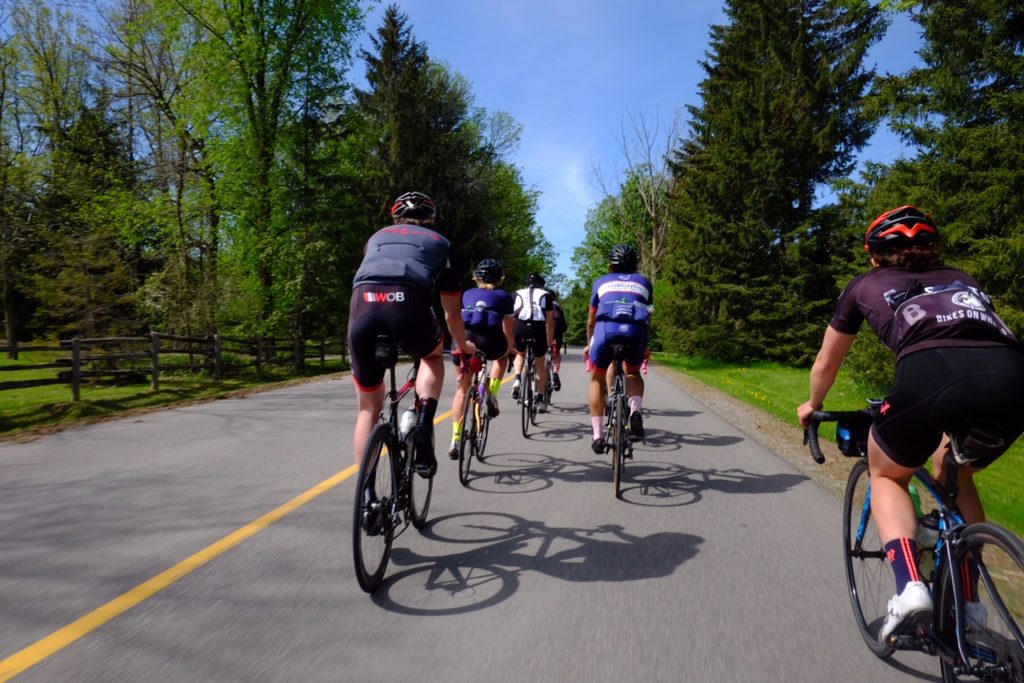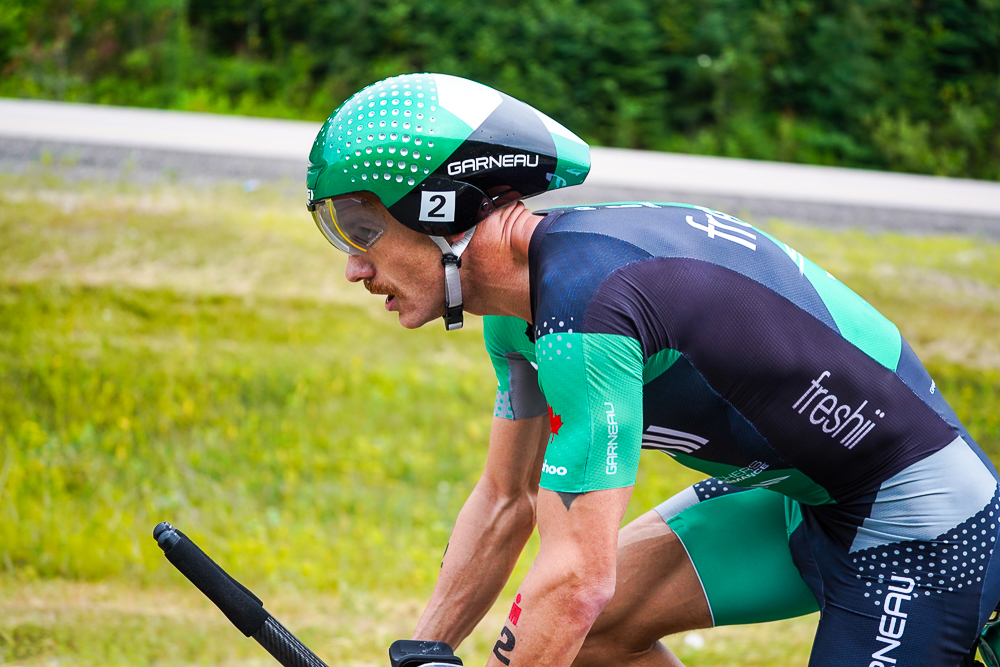Dos and Don’ts to become a better cyclist
Improving your bike split will provide the biggest "bang for your buck" when it comes to faster triathlon times
 Photo by:
Kevin Mackinnon
Photo by:
Kevin Mackinnon
I, like many triathletes, arrived at the sport as a runner. One too many injuries led me to a long stint of cross training and, after spending 14 weeks swimming and cycling, it seemed logical to try a triathlon. It wasn’t long before I was hooked – I earned my pro card less than a year after my first multisport race.
For years I would routinely post the fastest run splits at any race I attended, but it wasn’t until I really improved my cycling that I was able to really make some headway in the sport. Improving your cycling leg is probably the best way to improve your times and placement at your upcoming triathlon races. In terms of time, the bike constitutes a much great percentage of your race time than swimming or cycling, so it can have a much bigger impact on your overall race results.
I learned all that the hard way – hopefully these tips will help you improve your cycling a lot more quickly than I did!
Don’t buy a second-hand bike unless you know it’ll fit
Yes, I know that triathlon bikes are very expensive, but, as you’ll read below, fit is everything when it comes to a bike. You’re better off to be on a “cheaper” bike with fewer bells and whistles that fits you well than an expensive ride that doesn’t.
Do get a bike fit
The reason a bike fit is so important is because aerodynamics is the key to a fast triathlon split. When you’re riding, 80 per cent of your energy goes into breaking the wind. Being able to hold an aero position will dramatically improve your times.

Don’t always ride long
While it’s important to work on your aerobic fitness and ability to get through the distance, you’re not going to improve your bike splits unless you learn how to push yourself harder. Which is why you need to …
Add intervals to your training
At least once a week switch things up with some intervals where you are pushing yourself. Ideally you’ll cover all the different energy systems, but there’s nothing wrong with keeping things simple as you get started. 1 min hard/ 1 min easy for 30 mins is a great start. We have a number of different suggestions for you here.
Do follow a training plan
Left to your own devices, most rides will end up being cruise-fests with your buddies or a group. You wan to include those in your weekly training plans, but make sure you have some longer rides and some interval sessions planned every week, too.
Don’t always do a set workout – listen to your body
Yes, a training plan is good, but you’ll find some days you just don’t seem to have it when it comes to pushing hard. That’s not unusual for triathletes, who are juggling swim and run workouts every week, too. If you’re struggling to hit your power numbers or speed during your intervals, some days its good to listen to your body and back off a bit.

Do find a group to ride with
Riding with others is a fantastic way to improve your cycling. In addition to providing some much-needed motivation and company, you’ll be safer out on the road in a group, too. If you’re new to the sport, pay attention to the best riders in the group – watch how they pedal, how they climb, how they handle their bikes and more. Riding in a bunch is a great way to work on your bike handling skills, too.
Don’t always ride with a group
I know – I just said ride with a group. You do want to have some workouts, though, where you’re having to do all the work on your own. Unless you’re doing draft-legal racing, you’ll be on your own in your triathlon race, forced to push through the wind. It’s good to be able to practice what that’ll feel like.
Do improve your pedal technique
To get the most out of each pedal stroke, you’ll constantly keep pressure on the pedals. That means you’re pushing down, pulling back, pulling up and pushing forward with each pedal stroke. One legged pedalling drills are a great way to work on that technique. May power meters will provide insights on how you’re pedalling, too.
Don’t always sit when you’re climbing
As I was starting my triathlon career I read a story by Scott Molina, then one of the sport’s premier professionals, with his top cycling tips. He suggested that being able to stand when you were climbing was critical to cycling success. I can’t believe how many of the athletes I coach practically never stand up when they’re climbing. In addition to giving your back a break from the aero position, standing up can help provide some extra power and momentum on climbs.

Get a power meter
These have become the rage in the world of cycling these days. Being able to measure your power output is a great way to monitor and keep track of your efforts. As you’ll read below, though, you don’t want to become too dependent on seeing the numbers – they are best used as a way to keep track of your training and gauge your effort.
Don’t only focus on your power when you’re riding
A few years ago I was working with an athlete who was getting ready for Haute Route, a seven-day bike race through the Alps with over 20,000 m of climbing. We were at a training camp in Vermont riding through the Green Mountains when I realized that he was spending more time looking at his power meter than he was at the road ahead.
“Get up the mountain at a decent tempo,” I said. “We’ll check out your power numbers when we get home.”
The watts you’re pushing can help gauge your effort, for sure, but you should have a feel for what your body can handle without looking at those numbers. Sebastian Kienle had a pretty amazing career with two 70.3 world titles and a Kona win (to name just a few of his many accomplishments) – he was famous for always racing by feel and never using a power meter.
The trick is to use it wisely – let your power meter help you improve, not define your improvement.

Don’t be afraid to hurt/ Do Embrace the pain
Coming from a running background, one of the hardest things for me to learn to do on the bike was to be able to push hard enough. Because your body weight is supported, you actually can push yourself to the limit on the bike and bounce back. That doesn’t happen when you’re running – once you’ve pushed to the limit, you’re done.
“Every pedal stroke should feel like its the last one you can do,” Andrew MacNaughton, the first person to ever win a race on aerobars and one of the top cyclists in the sport in the 80s and early 90s, used to always say. (That was for an Olympic-distance race, mind you!)
What that means is that your best bike splits are going to come when you feel like you’re very close to your limit. In your training you need to learn where that limit is, and look forward to testing it.
In addition to being the editor of Triathlon Magazine, Kevin Mackinnon has been a coach for over 35 years.
